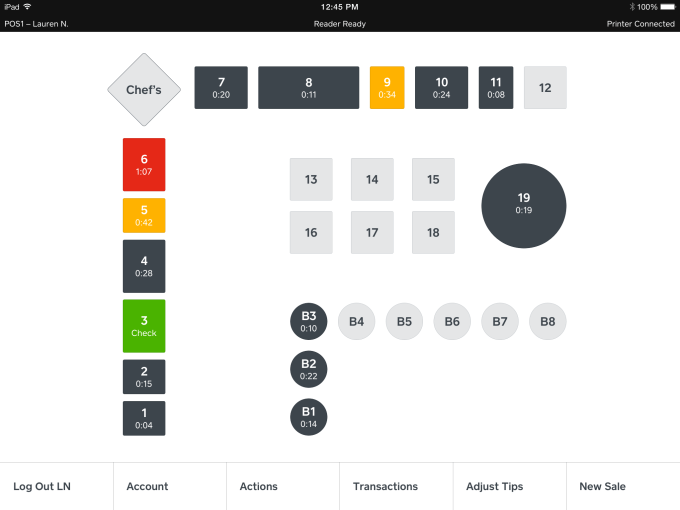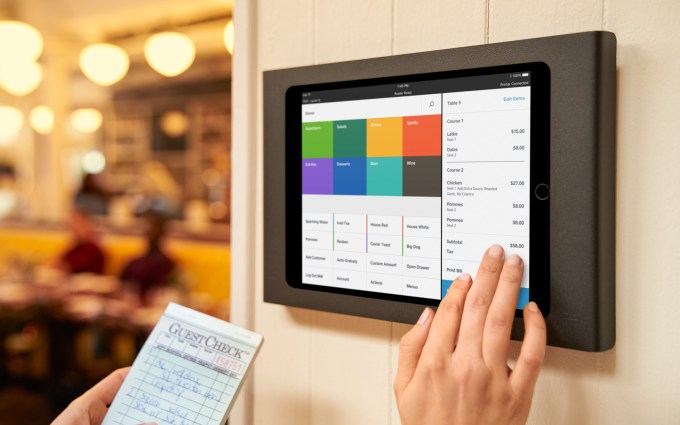With Google’s I/O developer conference kicking off later today, Google is setting the scene for what it expects to be one of the big themes of the event: artificial intelligence. Today, the company rebranded the whole of its Google Research division as Google AI, with the old Google Research site now directing to a newly expanded Google AI site.
Google has over the years worked on a wide variety of other computing pursuits beyond AI, and all of that content will continue to exist within that new site, the company said. But the move signals how Google has increasingly focused a lot of its R&D on breaking new ground across the many facets of AI specifically, from technologies like computer vision, natural language processing, and neural networks, through to applications across virtually any and every business that Google currently and potentially touches, such as video, search and mobile apps, but also healthcare, automotive applications and other verticals.
That’s not just Google reflecting how the wider world of tech is evolving; it’s also a measure of how much Google has influenced it.
“From computer vision to healthcare research to AutoML, we have increasingly put emphasis on implementing machine learning techniques in nearly everything we do at Google,” writes Google’s Christian Howard in a post announcing the change. “Our research has been core to the development and integration of these systems into Google products and platforms. To better reflect this commitment, we’re unifying our efforts under “Google AI”, which encompasses all the state-of-the-art research happening across Google.”
Google seems to imply that further non-AI research will also be housed in the new AI hub, although it’s not really clear how much support and interest there will be for more work in other fields, or if everything now will need to have an AI angle to be progressed. (We’re asking and will update with a response when and if we get it.)
There is some interesting wider context for the rebranding. Just earlier today, Facebook also announced that one of its own research labs, its VR-focused Oculus Research, would be renamed the Facebook Reality Lab (notably no “virtual” in the name). Microsoft actually led the charge nearly two years ago when it recast its own Microsoft Research as Microsoft AI+Research — but it hasn’t (yet?) dropped the Research part of that name.
One big takeaway, I think, is that companies are trying to bring more of their own branding and more application focus into their quasi-academic research groups.
This could be happening here, too. Renaming Google Research into Google AI is a specific change that brings a division whose name might have previously had more general and academic connotations (“research”) into one that is now named much more specifically, and with an end product in mind (“AI”).
It’s a shift that could signify how the company is trying to reorient staff to move away from research for the sake of it, and towards more practical applications.
In the current race for talent and more business opportunities in the next generation of computing, Google is keeping its eye on the AI prize.

 For a lot of stuff, that’s fine. It’s okay if Alexa responds in a second or two, or if your images get enhanced with metadata over a period of hours while you’re not paying attention. But if you need a result not just in a second, but in a hundredth of a second, there’s no time for the cloud. And increasingly, there’s no need.
For a lot of stuff, that’s fine. It’s okay if Alexa responds in a second or two, or if your images get enhanced with metadata over a period of hours while you’re not paying attention. But if you need a result not just in a second, but in a hundredth of a second, there’s no time for the cloud. And increasingly, there’s no need.

